What Is a Pressure Reducing Valve? Structure – Working Principle – How to Select the Best PRV for Industrial Plants (2025)
What Is a Pressure Reducing Valve? Structure – Working Principle – How to Select the Best PRV for Industrial Plants (2025)
1. What Is a Pressure Reducing Valve?
A Pressure Reducing Valve (PRV) is a device used to reduce high inlet pressure to a stable, lower outlet pressure, helping protect piping systems, instruments, and machinery while improving operational safety.
PRVs are widely used in:
-
Steam systems
-
Compressed air, gas, nitrogen
-
Clean water – process water – chilled water
-
Oil, chemicals, and other industrial media
2. Why Do Industrial Plants Need Pressure Reducing Valves?
✅ 2.1 Reduce Dangerous Pressure Levels
Many lines supply high pressure for transmission efficiency, but downstream equipment can only withstand lower pressure.
→ PRV stabilizes pressure, preventing pipeline rupture, equipment damage, or system shutdown.
✅ 2.2 Save Energy and Reduce Losses
In steam systems, excessive pressure leads to:
-
Heat loss
-
Greater pipeline pressure drop
-
Increased boiler operating costs
PRVs help save 5–12% energy.
✅ 2.3 Extend Equipment Lifespan
Measuring devices, sensors, seals, and pumps easily fail when pressure fluctuates.
PRV stabilizes pressure → increases lifespan by 30–50%.
3. Structure of a Pressure Reducing Valve
Depending on the model, PRVs may be direct acting or pilot operated.
✅ 3.1 Direct Acting PRV (Direct Operated)
Includes:
-
Valve body
-
Adjustment spring
-
Diaphragm or piston
-
Seat & disc
-
Pressure adjustment bolt
Used for small–medium flow applications.
✅ 3.2 Pilot Operated PRV
Includes:
-
Main valve
-
Pilot valve
-
Control chamber
-
Pressure sensing system
Ideal for:
-
High-capacity steam
-
High pressure fluctuations
-
Precision control ±0.05 bar
4. Working Principle of a Pressure Reducing Valve (PRV)
✅ 4.1 General Principle
When outlet pressure increases:
-
The diaphragm/piston moves upward
-
The disc closes
-
Flow decreases
→ Outlet pressure returns to the setpoint
When outlet pressure drops:
→ The valve opens wider to stabilize pressure.
✅ 4.2 PRV for Steam Systems
The pilot valve controls pressure in the control chamber.
During pressure fluctuations, the pilot enables fast response → very stable steam pressure.
✅ 4.3 PRV for Water – Gas – Compressed Air
Diaphragm-based PRVs react quickly to downstream pressure changes.
Direct acting type is popular for water and compressed air applications.
5. Types of Pressure Reducing Valves (PRV)
✅ 5.1 By Media Type
| Media | Suitable PRV | Characteristics |
|---|---|---|
| Steam | Pilot Operated PRV | High temperature 220–350°C |
| Gas / N₂ / Air | Direct or Pilot | Stability ±0.1 bar |
| Water / Chilled Water | Direct Acting | Easy installation |
| Oil / Chemicals | Stainless Steel PRV, PTFE-lined | Anti-corrosion |
✅ 5.2 By Mechanical Design
-
Direct Acting PRV
-
Pilot Operated PRV
-
Diaphragm PRV
-
Piston PRV (high pressure)
-
Electronic PRV with sensor + PID controller
6. How to Choose the Right PRV for Industrial Plants
✅ 6.1 Identify the Working Fluid
Each medium has different:
-
Temperature
-
Viscosity
-
Material compatibility
✅ 6.2 Inlet & Outlet Pressure
Example:
-
Inlet: 10 bar
-
Required outlet: 3.5 bar
Large pressure drop → pilot type recommended.
✅ 6.3 Flow Rate
Measured in:
-
kg/h (steam)
-
Nm³/h (gas)
-
m³/h (water)
Large flow rates require pilot PRVs for stability.
✅ 6.4 Material
-
Cast iron → water, air
-
Stainless steel → oil, chemicals
-
Carbon steel/alloy → high-temperature steam
✅ 6.5 Temperature Range
-
Steam 150°C → standard PRV
-
Steam 250–350°C → carbon steel/alloy PRV
✅ 6.6 Choose Reputable Brands
Popular PRV brands distributed by Phuc Minh:
-
VYC - Spain
-
SAMYANG – Korea
-
OCV - USA.
-
CLA-VAL - USA
-
ASCO CO2 - Germany
-
VENN - Japan
-
SPIRAX SARCO – Germany
-
TLV – Japan
-
YOUYOON – Korea
7. Industrial Applications of Pressure Reducing Valves
✅ 7.1 Food & Beverage
Stable steam pressure for sterilizers, cookers, CIP lines.
✅ 7.2 Textile & Dyeing
Reduce steam from 8–12 bar → 2–3 bar for dryers & dyeing machines.
✅ 7.3 Pharmaceutical & Cosmetics
High pressure stability required → pilot PRV is preferred.
✅ 7.4 Chemical Plants
PRVs must be stainless steel and corrosion-resistant.
✅ 7.5 HVAC & Chiller Plants
Protect cooling coils & pumps by regulating chilled water pressure.
8. Installation Guide for PRVs
✅ 8.1 Piping Requirements
-
Install a strainer (20–80 mesh) before PRV
-
Ensure straight pipe run: 10D before, 5D after
✅ 8.2 Flow Direction & Mounting Orientation
-
Vertical or horizontal per manufacturer recommendation
-
Do not install close to elbows, tees, or angle valves
✅ 8.3 Install a Safety Valve
Prevents overpressure if PRV fails.
✅ 8.4 Pressure Setting
Adjust from low → high; never from high → low.
9. PRV Failure Signs & Troubleshooting
✅ Symptoms:
-
Outlet pressure fluctuation
-
Leakage
-
PRV not fully closing
-
Outlet pressure exceeds setpoint
✅ Causes:
-
Damaged diaphragm/piston
-
Weak spring
-
Dirt on the seat
-
No strainer installed
→ Recommended maintenance: every 6–12 months.
10. Where to Buy Pressure Reducing Valves?
PHUC MINH ENGINEERING CO., LTD
✅ Authorized PRV distributor
✅ CO/CQ certification
✅ Technical consultation – correct model & sizing
Contact:
📞 Hotline: 0902 800 728 – 0907 450 506
📧 Email: info@pm-e.vn
🌐 Website: https://pm-e.vn
Related News

What Is a PID Controller? Principles, Structure & Real Industrial Applications (2025)
07/11/2025
In every modern factory—from steam systems, compressed air, HVAC, chemicals, food and beverage to pharmaceuticals—the PID Controller plays an extremely important role in keeping systems stable, safe, and energy-efficient. A PID controller is considered the “brain” of an automation system. It continuously maintains the Process Value (PV) close to the Setpoint (SP), minimizes fluctuations, and optimizes overall performance.

What Is a Flowmeter? Types & Industrial Applications – Complete 2025 Guide
07/11/2025
Flowmeters play a critical role in modern factories, where accurate measurement of steam, air, water, chemicals, and industrial gases directly affects production efficiency and energy cost. Even a small measurement deviation can lead to massive losses each year. That’s why a flowmeter is considered an essential device in every piping system. This article from Phuc Minh Engineering (pm-e.vn) explains what a flowmeter is, how it works, the most common types, and how to select the right flowmeter for your plant.

What Is a Steam Trap? Classification – Structure – How to Select the Right Trap for Steam Systems (2025 Guide) | Phuc Minh
07/11/2025
A steam trap is a device used to discharge condensate while retaining live steam inside pipelines or steam-using equipment. Its main functions include: Removing condensate at the right time Preventing steam loss Improving heat transfer efficiency Protecting equipment from water hammer Reducing boiler fuel consumption A steam trap acts like an “automatic valve” that distinguishes steam from condensate based on temperature, pressure, and density.

Safety Valve For Steam Systems: Structure, Operation Principles & Selection Guide 2025 | Phuc Minh Engineering
07/11/2025
Learn what a steam safety valve is, how it works, different types, and how to select the correct valve for boilers and pipelines. EN/ASME-standard valves from Phuc Minh Engineering.

What Is a Flowmeter? Classification & Industrial Applications – Detailed Guide 2025
07/11/2025
Learn what a flowmeter is, how it works, the types of flowmeters for steam, gas, water, and oil, and how to select a technically compliant flowmeter for your plant.









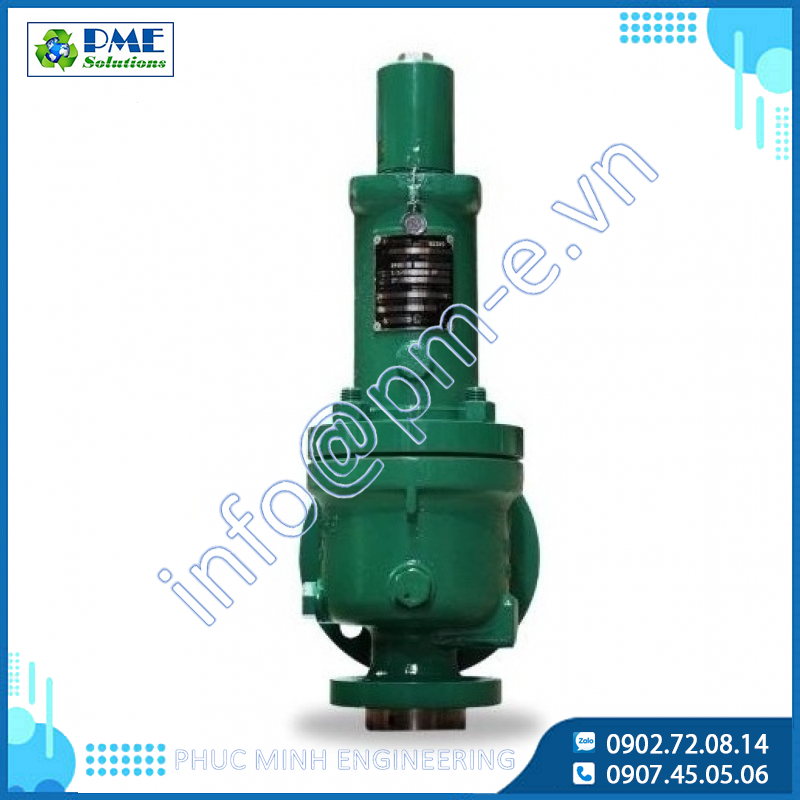
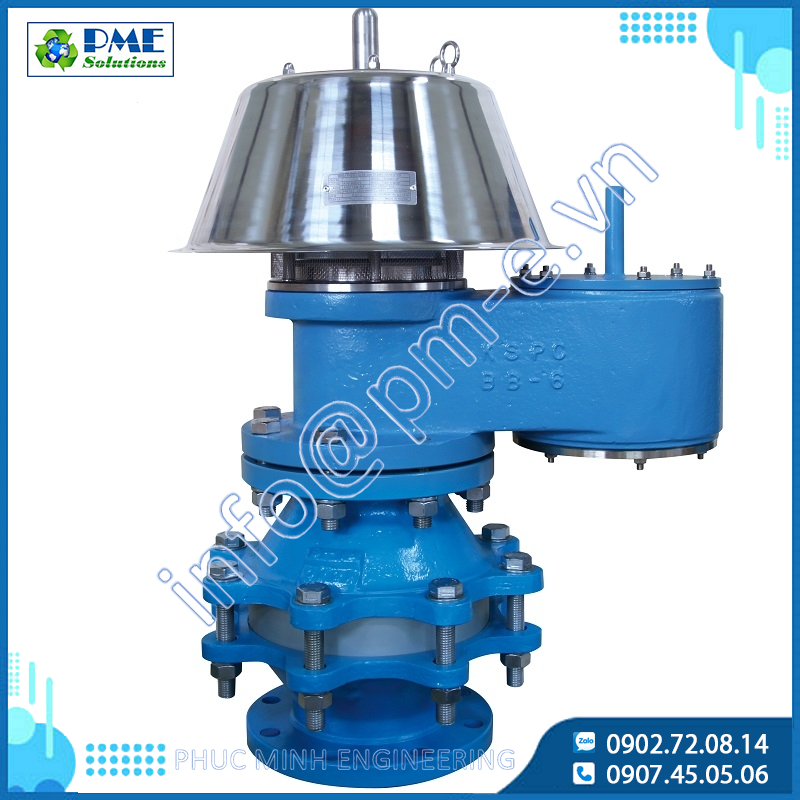
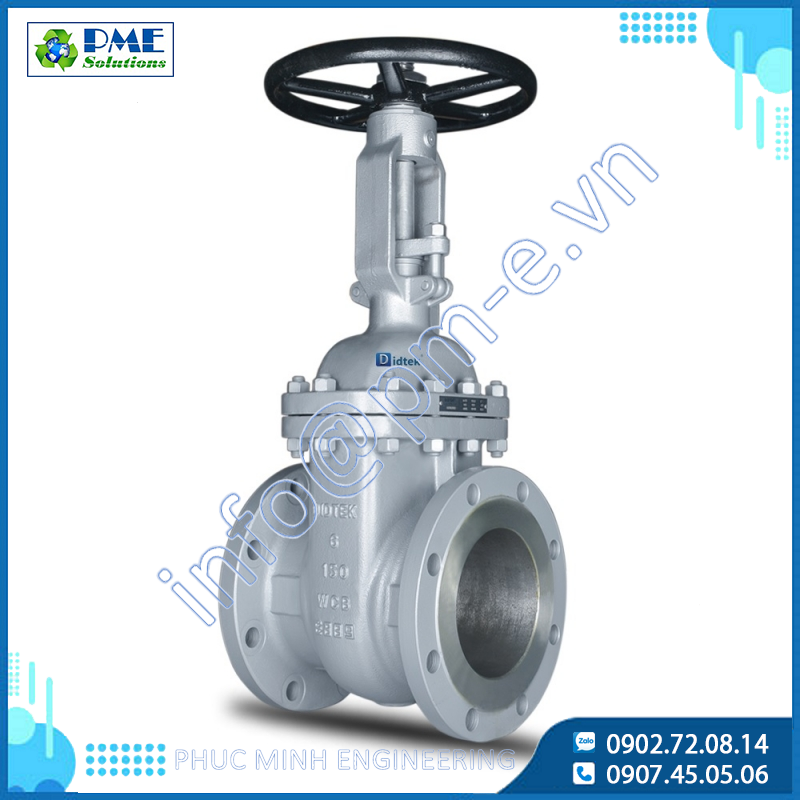
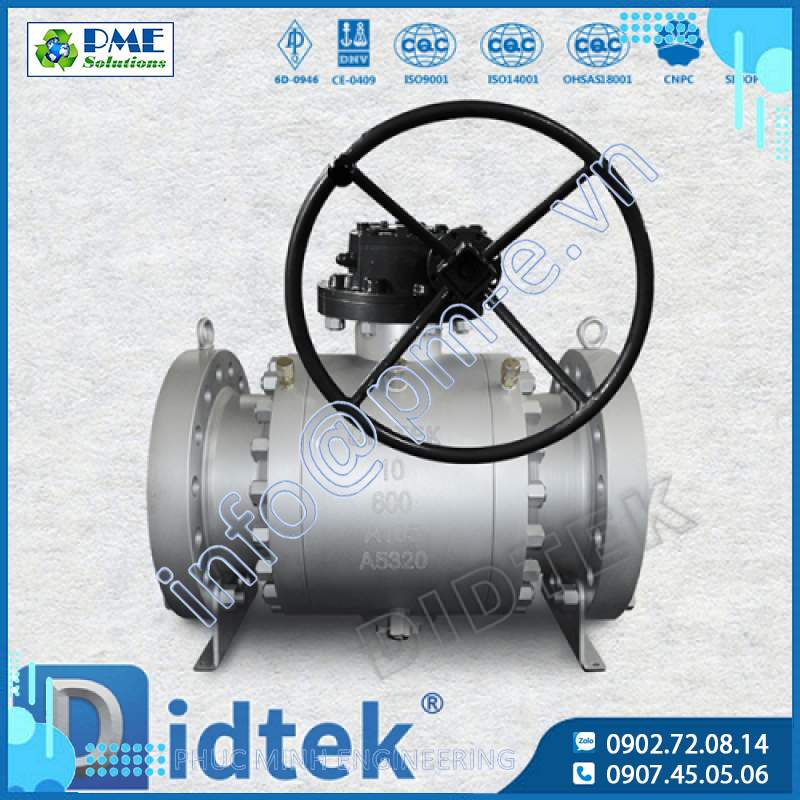
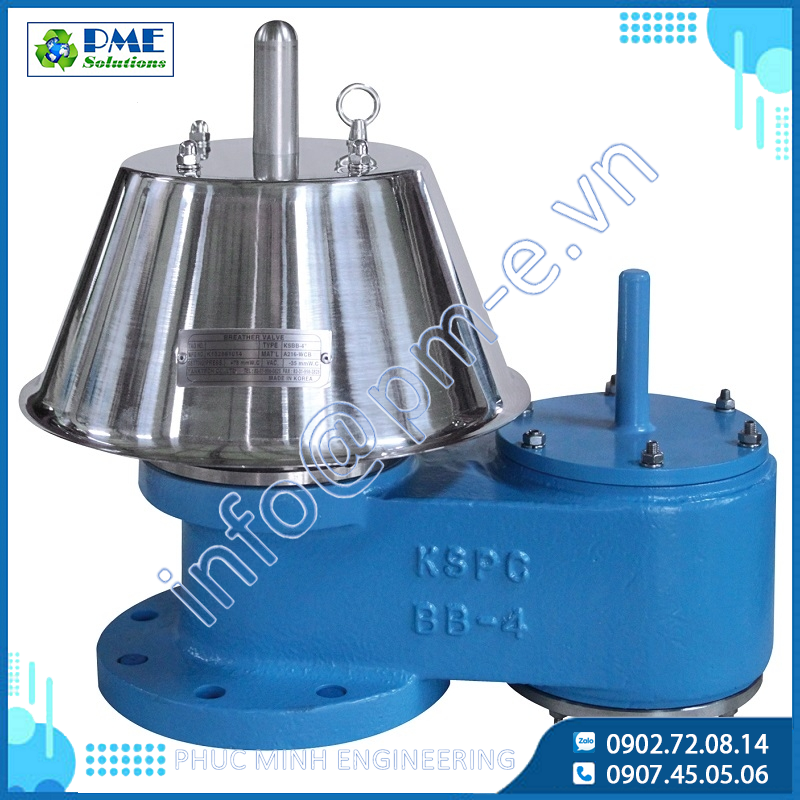


.png)






